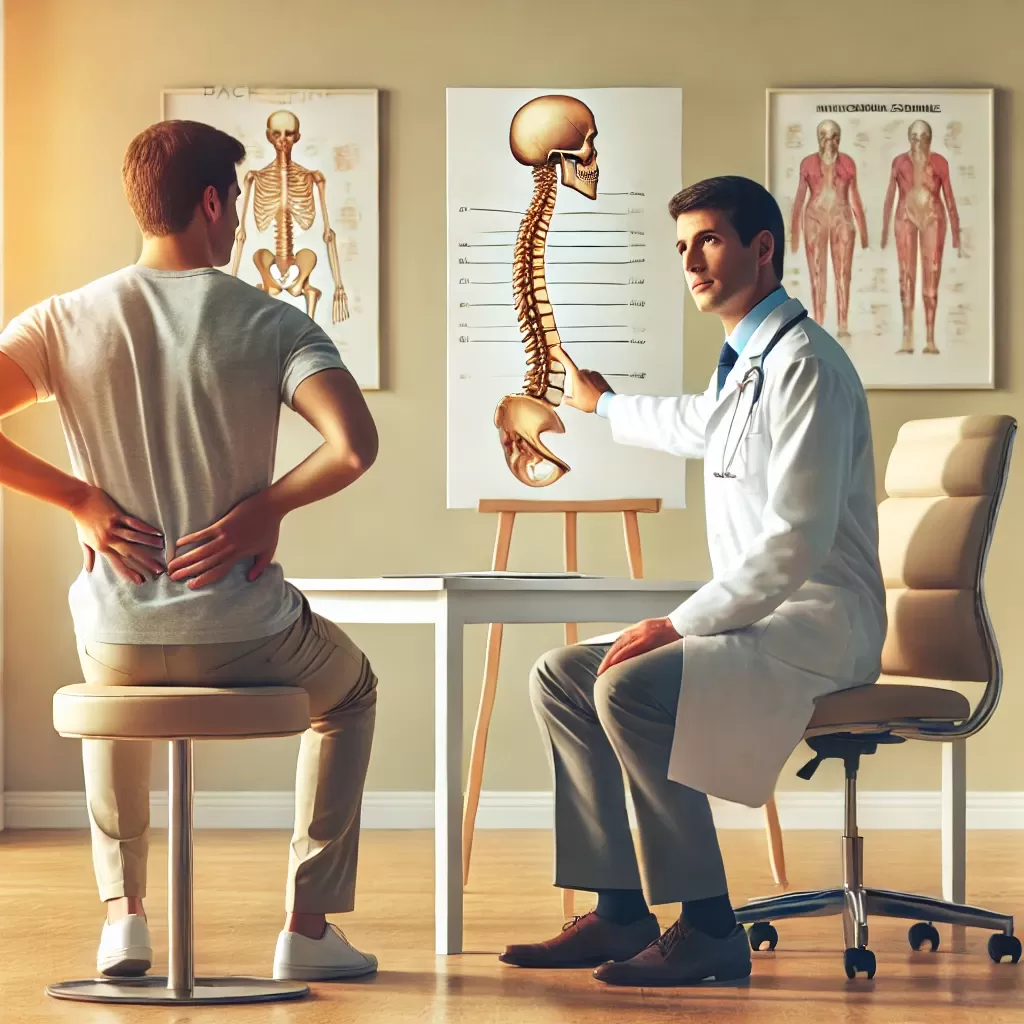Understanding Back Pain and Effective Remedies

Back pain is a common ailment that affects millions of people worldwide. It can range from a dull, constant ache to a sudden, sharp pain that makes movement difficult. Understanding the causes of back pain and exploring effective remedies can help alleviate discomfort and improve your quality of life. In this blog, we’ll delve into the types and causes of back pain, and provide practical remedies to manage and prevent it.
Types and Causes of Back Pain
-
Acute Back Pain: This type of pain is sudden and typically lasts from a few days to a few weeks. It can result from a fall, lifting something heavy, or an accident. Acute back pain usually resolves with self-care and rest.
-
Chronic Back Pain: Pain that lasts for 12 weeks or longer, even after the initial injury or underlying cause has been treated, is considered chronic. Chronic back pain can be more challenging to treat and may require a combination of therapies.
-
Mechanical Back Pain: This is the most common type of back pain and is usually due to strain, overuse, or injury to the muscles, ligaments, and discs in the back. Poor posture, repetitive movements, and improper lifting techniques can contribute to mechanical back pain.
-
Radicular Pain: This type of pain occurs when a spinal nerve root is compressed or inflamed, leading to pain that radiates down the leg. Sciatica is a common form of radicular pain, often caused by a herniated disc.
-
Inflammatory Back Pain: Conditions such as ankylosing spondylitis and other forms of arthritis can cause inflammatory back pain, characterized by stiffness and pain, particularly in the morning or after periods of inactivity.
Remedies for Back Pain
-
Physical Therapy and Exercise: A tailored exercise program can strengthen the muscles that support your back, improve flexibility, and enhance your overall posture. Physical therapists can teach you specific exercises to target your back pain and prevent future injuries.
-
Hot and Cold Therapy: Applying ice packs shortly after a back injury can reduce inflammation. After a few days, switching to heat therapy with heating pads or warm baths can relax muscles and improve blood flow.
-
Medications: Over-the-counter pain relievers, such as ibuprofen or acetaminophen, can help manage pain and reduce inflammation. In some cases, doctors may prescribe muscle relaxants or stronger medications.
-
Massage Therapy: Regular massages can relieve muscle tension, improve circulation, and promote relaxation, which may help alleviate back pain.
-
Good Posture: Maintaining good posture while sitting, standing, and lifting can prevent back pain. Ensure your work environment is ergonomically friendly by adjusting your chair, desk, and computer screen to reduce strain on your back.
-
Stretching: Regular stretching exercises can keep your muscles flexible and reduce the risk of back pain. Focus on stretches that target the lower back, hamstrings, and hip flexors.
-
Weight Management: Maintaining a healthy weight reduces the strain on your back. A balanced diet and regular exercise can help you achieve and maintain a healthy weight.
-
Alternative Therapies: Acupuncture, chiropractic care, and yoga are alternative therapies that some people find beneficial for managing back pain. Always consult with a healthcare provider before starting any new treatment.
-
Mind-Body Techniques: Stress and anxiety can contribute to back pain. Techniques such as mindfulness, meditation, and deep-breathing exercises can help manage stress and reduce pain perception.
Preventing Back Pain
-
Regular Exercise: Engage in regular physical activity to strengthen your back and core muscles. Activities like swimming, walking, and Pilates can be particularly beneficial.
-
Ergonomic Workspace: Ensure your workspace is set up to support good posture. Use a chair with proper lumbar support and keep your computer screen at eye level.
-
Proper Lifting Techniques: Always bend your knees and lift with your legs, not your back. Avoid twisting your body while lifting heavy objects.
-
Quit Smoking: Smoking reduces blood flow to the spine, which can contribute to disc degeneration and back pain.
-
Stay Active: Avoid prolonged periods of inactivity or bed rest. Regular movement and staying active can prevent stiffness and reduce back pain.
Conclusion
Back pain is a common issue that can significantly impact your daily life. Understanding its causes and implementing effective remedies can help manage and prevent back pain. By incorporating regular exercise, maintaining good posture, and exploring various treatment options, you can alleviate discomfort and improve your overall well-being. If your back pain persists or worsens, consult with a healthcare professional to determine the best course of action.



